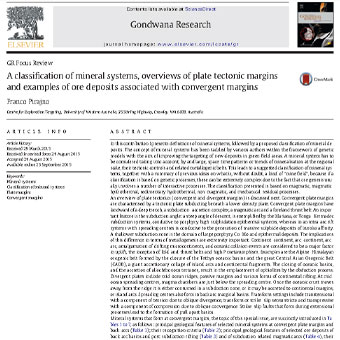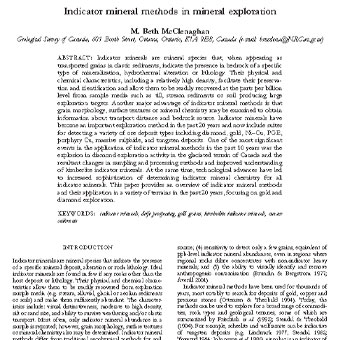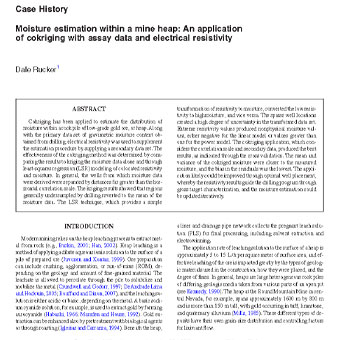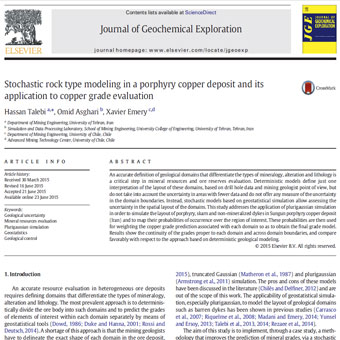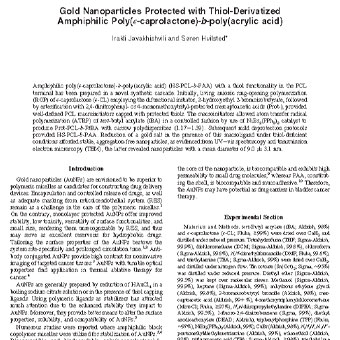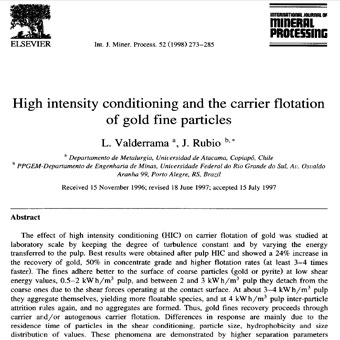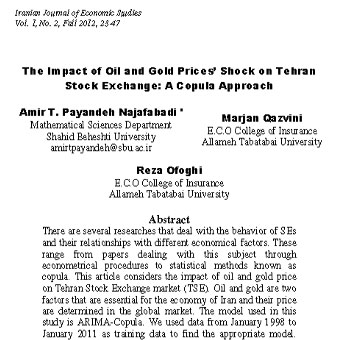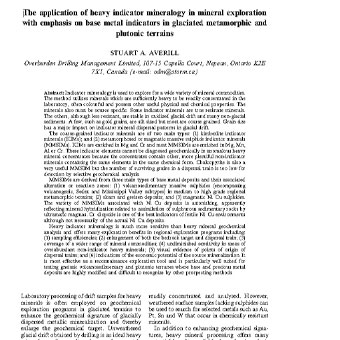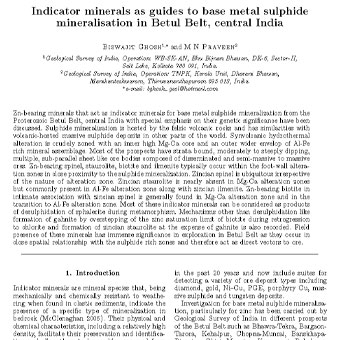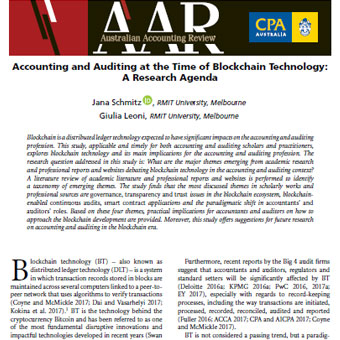In this contribution I presents definitions of mineral systems, followed by a proposed classification of mineral deposits. The concept of mineral systems has been tackled by various authors within the framework of genetic models with the aim of improving the targeting of new deposits in green field areas. A mineral system has to be considered taking into account, by and large, space-time patterns or trends of mineralisation at the regional scale, their tectonic controls and related metallogenic belts. This leads to a suggested classification of mineral systems, together with a summary of previous ideas on what is, without doubt, a kind of “mine field”, because if a classification is based on genetic processes, these can be extremely complex due to the fact that ore genesis usually involves a number of interactive processes. The classification presented is based on magmatic, magmatic-hydrothermal, sedimentary-hydrothermal, non-magmatic, and mechanical-residual processes. An overview of plate tectonics (convergent and divergent margins) is discussed next. Convergent plate margins are characterised by a tectonic plate subducting beneath a lower density plate. Convergent plate margins have landward of a deep trench, a subduction–accretion complex, a magmatic arc and a foreland thrust belt. An important feature is the subduction angle: a steep angle of descent, is exemplified by the Mariana, or Tonga–Kermadec subduction systems, conducive to porphyry-high-sulphidation epithermal systems, whereas in an intra-arc rift systems with spreading centres is conducive to the generation of massive sulphide deposits of kuroko affinity. A shallower subduction zone is the domain of large porphyry Cu–Mo and epithermal deposits. The implications of this difference in terms of metallogenesis are extremely important. Continent–continent, arc–continent, arc–arc, amalgamation of drifting microcontinents, and oceanic collision events are considered to be a major factor in uplift, the inception of fold-and-thrust belts and high P metamorphism. Examples are the Alpine–Himalayan orogenic belt formed by the closure of the Tethys oceanic basins and the great Central Asian Orogenic Belt (CAOB), a giant accretionary collage of island arcs and continental fragments. The closing of oceanic basins, and the accretion of allochthonous terranes, result in the emplacement of ophiolites by the obduction process. Divergent plates include mid-ocean ridges, passive margins and various forms of continental rifting. At mid-ocean spreading centres, magma chambers are just below the spreading centre. Once the oceanic crust moves away from the ridge it is either consumed in a subduction zone, or it may be accreted to continental margins, or island arcs. Spreading centres also form in back arc marginal basins. Transform settings include transtensional with a component of tension due to oblique divergence, transform or strike–slip sensu stricto and transpressive with a component of compression due to oblique convergence. Strike–slip faults that form during extensional processes lead to the formation of pull-apart basins. Mineral systems that form at convergent margins, the topic of this special issue, are succinctly introduced in Table 1, Table 2, Table 3, Table 4, Table 5, Table 6, Table 7, as follows: principal geological features of selected mineral systems at convergent plate margins and back-arcs (Table 1); their recognition criteria (Table 2); principal geological features of selected ore deposits of back-arc basins and post-subduction rifting (Table 3) and of subduction-related magmatic arcs (Table 4), their respective recognition criteria (Table 5); accretionary and collisional tectonics and associated mineral systems (Table 6); principal geological features and associated mineral systems of transform faults (Table 7)..
 متن به فارسی | ترجمه مقالات و متون علمی | ترجمه و دانلود مقالات و انواع متون علمی و ادبی و پذیرش سفارش ترجمه
متن به فارسی | ترجمه مقالات و متون علمی | ترجمه و دانلود مقالات و انواع متون علمی و ادبی و پذیرش سفارش ترجمه
